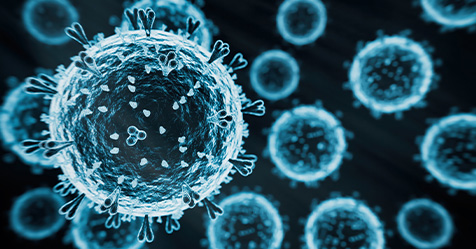The pest control industry is always looking for a better way to control pests, such as rats and roaches, and there are some groundbreaking technologies in the works that will advance the way it manages and prevents pests on commercial properties.
With most of these innovations, the goal is to decrease the impact pest control has on the environment and on non-target creatures. Some of the new technologies have the potential to be more cost-efficient and effective than systems that are currently in use, improving bottom lines.
Real-Time Monitoring Devices
The College of Agricultural Sciences at Pennsylvania State University in College Station, PA, has developed a tool called PestWatch, a geospatial information system (GIS) pest database. The database is helping farmers track which pests are surging in their area.
Participating farmers set up pheromone traps to attract various pests and monitor the number they collect over time. Using the PestWatch tool, users can upload their data, which is then displayed as points on an interactive map.
The GIS technology allows users to input and view pest collection numbers across the country. While this is especially helpful to farmers and the agricultural industry, it also has applications for building maintenance, allowing people to see what rodents and other pests are surging in a particular area, so they can work to control the situation and mitigate pest problems in their facilities.
Highly-Targeted Options
As an alternative to traditional methods, pest management professionals can now control certain insects by using their own biology against them. Insect growth regulators, or replications of insect hormones, prevent pests from reaching full maturity by disrupting the insect growth cycle. This eliminates their reproductive abilities, which in turn, helps stop an infestation from occurring. The industry is now using this fertility control method to help manage animal pest populations, too.
Genetic Modifications
With new outbreaks of diseases, such as the Zika virus, which is spreading across the southern hemisphere and even north to the United States, more attention has been put on developing technologies to help fight mosquito-borne maladies.
A company called Oxitec Ltd. has genetically modified male mosquitoes so that when they mate with wild females, their offspring die before reaching adulthood. While Oxitec says this is more effective than current mosquito control techniques, not everyone is comfortable with introducing genetically modified mosquitoes into their communities. After the Federal Drug Administration approved the new treatment for The Florida Keys, vocal opposition from residents made the local mosquito control board slow down the trial process. The issue will appear on the state’s November ballot as a nonbinding referendum, so the effectiveness of the treatment remains to be seen.
Fighting Bedbugs With Bedbugs
Bedbugs are among the many insects that undergo the process of molting, or the shedding of their skin in order to grow. Researchers at the University of California, Riverside discovered that the skins bedbugs leave behind still retain their smell, which has been compared to that of rotting raspberries. They also found that living bedbug behavior is affected by the shed skins.
The bedbugs the researchers observed often settled in areas within close proximity of the shed skins. In the future, this information could be used for a practical application to develop small and inexpensive bed bug monitoring devices. The devices would allow pest control providers to easily monitor for bed bug activity, helping prevent an infestation before it can occur.
While some of this research and technology is still in its early development or testing stages, it’s clear that the industry is making a lot of advancements. This is good news for commercial properties fighting the battle against pests.



